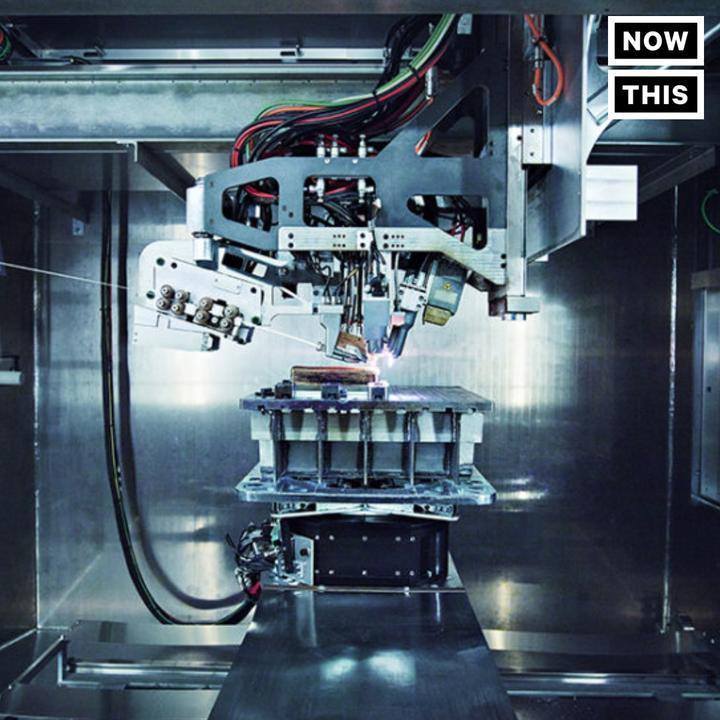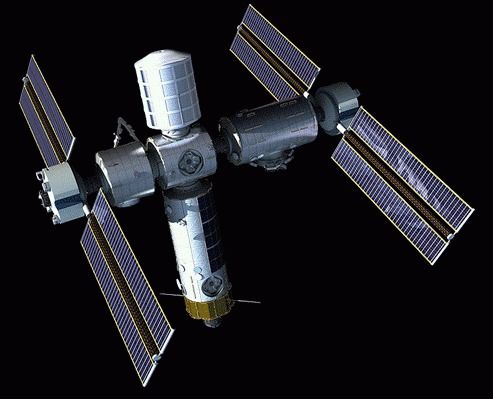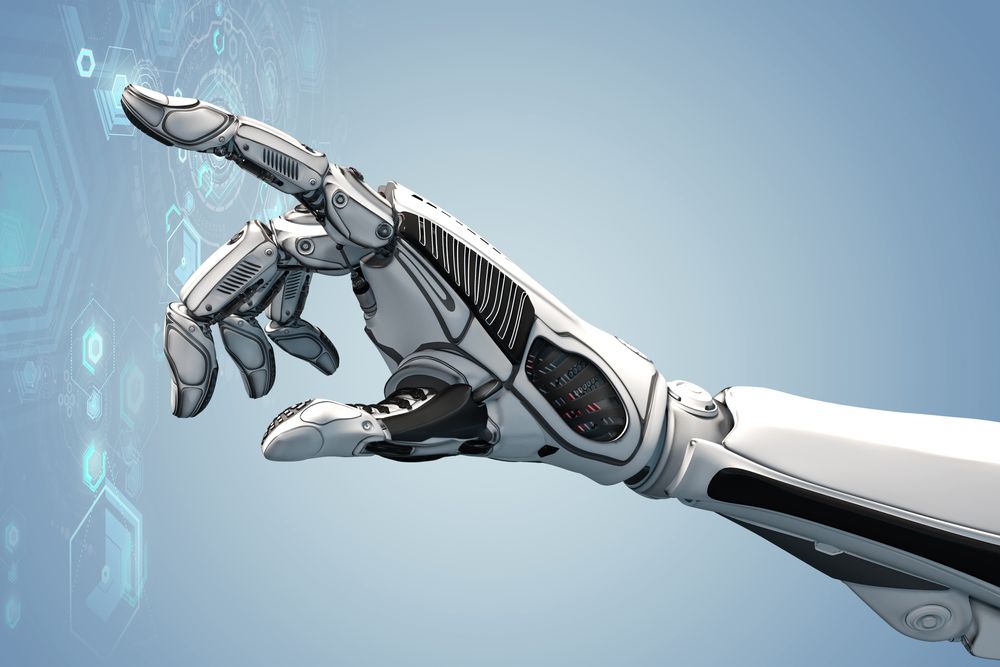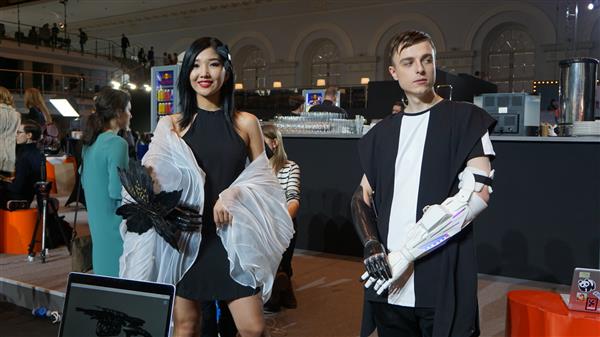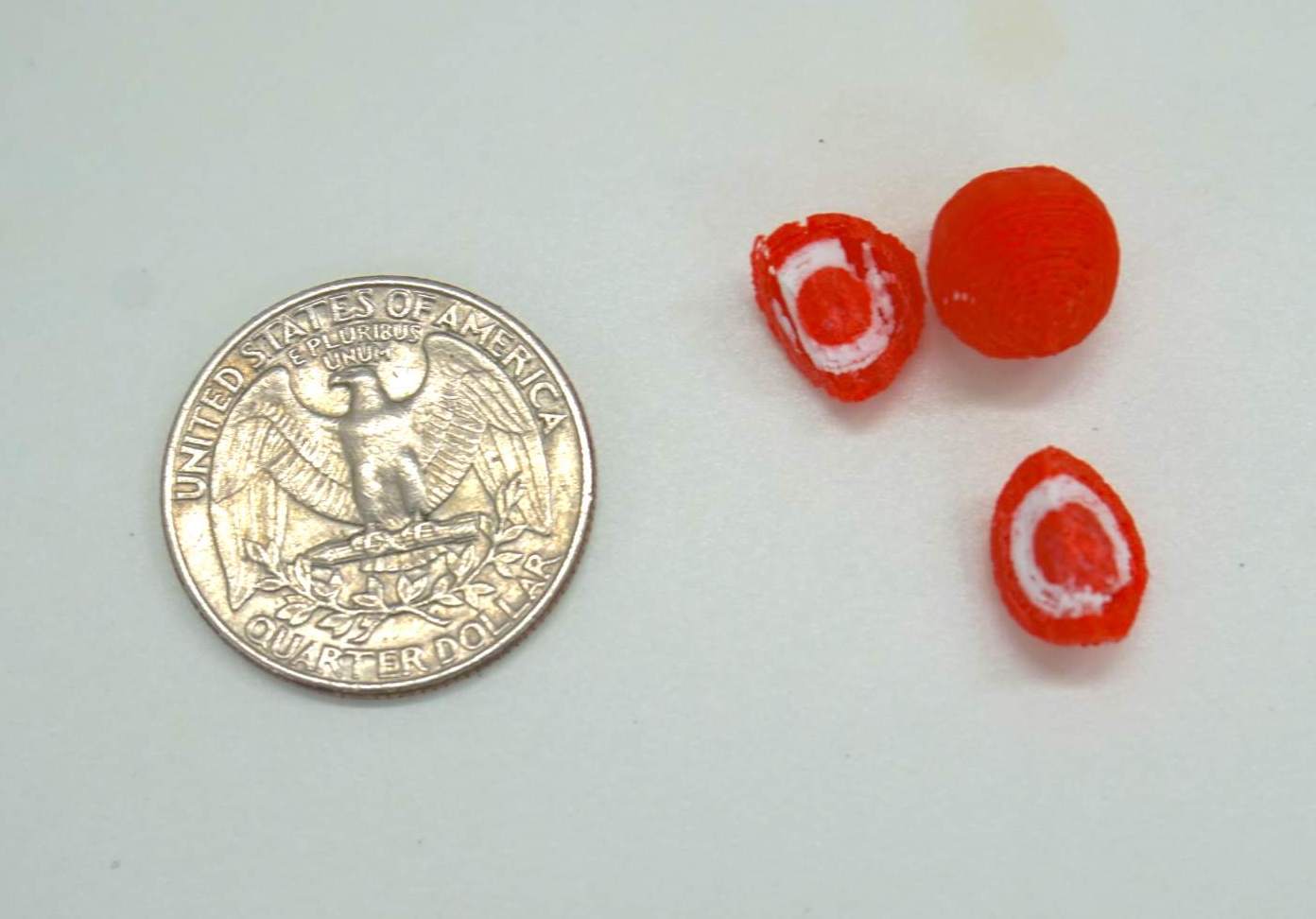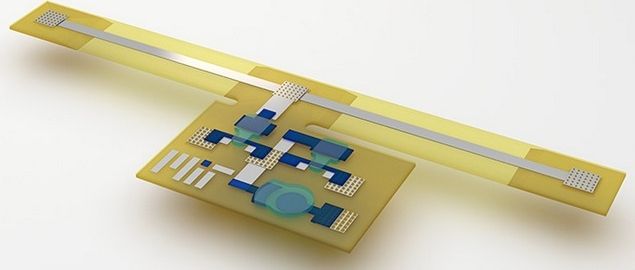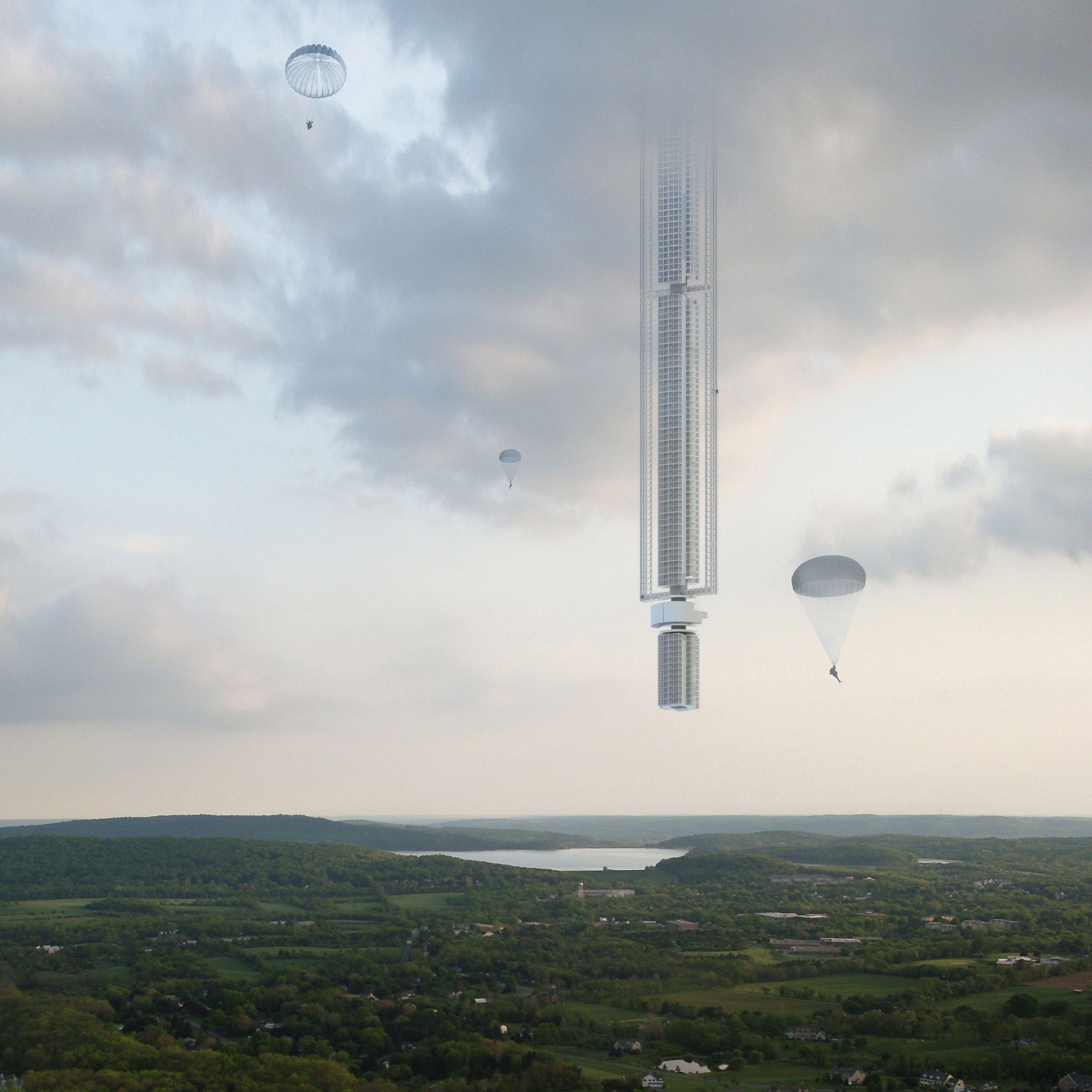Archive for the ‘3D printing’ category: Page 88
Apr 11, 2017
FAA Approves 3D-Printed Titanium For Planes
Posted by Shailesh Prasad in categories: 3D printing, transportation
Apr 10, 2017
How 3D printing is changing the future of the space industry
Posted by Brett Gallie II in categories: 3D printing, internet, satellites
In aerospace, parts are complicated, and manufacturing them can be very expensive and time consuming. When rocket engine parts can take up to a year to make, it is very difficult to start a new rocket company and for aerospace companies to be cost effective, innovative and nimble.
These barriers to entry are why you don’t see many start-up space companies and why the industry has relied on the same basic engine designs as those built during the Apollo program.
3D printing is changing all that. At Virgin Orbit, we are building a rocket system that will send small satellites into orbit. We aim to open access to space for small satellites to improve life on earth through services such as internet connectivity to the under connected and data for planning, production, disaster mitigation etc.
Continue reading “How 3D printing is changing the future of the space industry” »
Apr 10, 2017
The Future of NewSpace
Posted by Klaus Baldauf in categories: 3D printing, education, space travel
The first 3D printer from Made In Space was installed aboard the International Space Station (ISS) in November 2014. The idea sounds cool, but many ordinary earthlings have yet to feel its impact.
The start-up, based at NASA Ames Research Center in California, has since installed a second 3D printer on the ISS. The Additive Manufacturing Facility (AMF) is the first commercial 3D printer in space. Brought to the ISS in 2016, the AMF is already printing orders for commercial customers, including the first 3D-printed advertisement in space, a crowdsourced sculpture and projects for educational programs, such as Enterprise In Space.
With the AMF, the implications are starting to become clear. 3D printing in space isn’t just meant to be a novelty, but a technology that enables humanity’s proliferation throughout the cosmos. Now, it’s possible for customers with a small wad of cash to 3D print plastic objects on the ISS, but, if Made In Space’s plans pan out, we may see a future in which those customers can head to space themselves.
Apr 10, 2017
Deep Learning Technologies Breaking Through to the Enterprise
Posted by Alireza Mokri in categories: 3D printing, robotics/AI
Science fiction has always provided an outlet where we can let our imaginations run wild about the possibilities of technological advances. Not long ago, science fiction concepts like self-aware robots, autonomous cars, or 3D printers may have been unimaginable, but we’re watching many of these things come to life before our eyes in the digital age.
Deep learning was previously a technology that seemed straight from the plot of the latest blockbuster, yet these days it’s no longer fiction and is proliferating across real-life applications. Deep learning, which falls under the umbrella of technologies known as artificial intelligence (AI), teaches machines to mimic the thought and decision-making processes of the human brain. Computers are trained using extremely large historical datasets to help them adapt and learn from prior experience, identify anomalous patterns in large datasets, and improve predictive analysis.
These techniques are becoming so popular that Gartner recently named AI and Advanced Machine Learning (which includes technologies such as deep learning) their #1 Strategic Technology Trend for 2017. The firm went on to predict that these technologies will begin to increasingly augment and extend virtually every technology-enabled service, thing, or application, and therefore will become the primary battleground for technology vendors through at least 2020.
Continue reading “Deep Learning Technologies Breaking Through to the Enterprise” »
Apr 7, 2017
This Is the World’s First 3D-Printed “Supercar”
Posted by Shane Hinshaw in categories: 3D printing, sustainability, transportation
Divergent 3D has shown off the Blade Supercar, the first-ever 3D-printed sports car capable of reaching 97 km (60 mph) in 2.2 seconds. The car is made from a more sustainable approach to materials that, if widely adopted, could help alleviate the carbon footprint of automakers.
Apr 5, 2017
New 3D printed prosthetic arms turn heads at Moscow fashion week
Posted by Roman Mednitzer in categories: 3D printing, biotech/medical, cyborgs, robotics/AI
Earlier this month, Moscow’s Mercedes-Benz Fashion Week showcased some spectacular 3D printed prosthetic arms made by designer Nikita Replyanski and Russian prosthesis manufacturer Motorica. The 3D printed prostheses, inspired by robots and butterflies, were made using Autodesk Fusion 360.
Fashion weeks, whether they’re being held in the “Big Four” fashion capitals of the world or elsewhere, tend to favor style over substance. It’s called a fashion week, after all, not a function week. But that doesn’t mean that the industry events don’t occasionally showcase items that are as sensible as they are stylish. Just have a look at what was on show at Moscow’s Mercedes-Benz Fashion Week earlier this month.
While not usually an event of major global interest like Paris Fashion Week, the Russian fashion show brought together a host of top designers looking to show off their fall/winter 2017–2018 collections. Amongst those designers was Nikita Replyanski, a Russian designer and concept artist who left the computer games industry three years ago to focus on designing physical, non-virtual items. But rather than show off dresses, shoes, hats, Replyanski was presenting something totally different: 3D printed prosthetic arms.
Continue reading “New 3D printed prosthetic arms turn heads at Moscow fashion week” »
Mar 27, 2017
3D printed pills: interview with FabRx at University College London
Posted by Klaus Baldauf in categories: 3D printing, biotech/medical
Are 3D printed pills the future? We visited a London laboratory to find out.
Established by academics from University College London (UCL) in 2014, FabRx is a company seeking commercialize 3D printed medicines and devices. On the principle that everyone is different, the vision of 3D printed pills it to be able to provide more personal and specific care to patients in need.
Dr. Alvaro Goyanes is one of the four founding partners of FabRx and the company’s director of development. Dr. Goyanes invited 3D Printing Industry into the lab at UCL’s School of Pharmacy to find out more about the ongoing FabRx research.
Continue reading “3D printed pills: interview with FabRx at University College London” »
Mar 26, 2017
A printable, sensor-laden ‘skin’ for robots (or an airplane)
Posted by Alireza Mokri in categories: 3D printing, robotics/AI, transportation
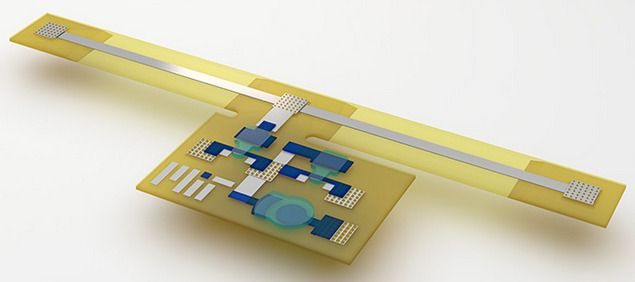 Illustration of 3D-printed sensory composite (credit: Subramanian Sundaram)
Illustration of 3D-printed sensory composite (credit: Subramanian Sundaram)
MIT researchers have designed a radical new method of creating flexible, printable electronics that combine sensors and processing circuitry.
Covering a robot — or an airplane or a bridge, for example — with sensors will require a technology that is both flexible and cost-effective to manufacture in bulk. To demonstrate the feasibility of their new method, the researchers at MIT’s Computer Science and Artificial Intelligence Laboratory have designed and built a 3D-printed device that responds to mechanical stresses by changing the color of a spot on its surface.
Continue reading “A printable, sensor-laden ‘skin’ for robots (or an airplane)” »
Mar 24, 2017
Supertall skyscraper hangs from orbiting asteroid in Clouds Architecture Office concept
Posted by Klaus Baldauf in categories: 3D printing, habitats, space travel
In a bid to get around terrestrial height restrictions, Clouds Architecture Office has proposed suspending the world’s tallest skyscraper from an asteroid, leaving residents to parachute to earth.
New York-based Clouds Architecture Office drew up plans for Analemma Tower to “overturn the established skyscraper typology” by building not up from the ground but down from the sky by affixing the foundations to an orbiting asteroid.
“Harnessing the power of planetary design thinking, it taps into the desire for extreme height, seclusion and constant mobility,” said the architects, who have previously drawn up proposals for space transportation and a 3D-printed ice house on Mars.

